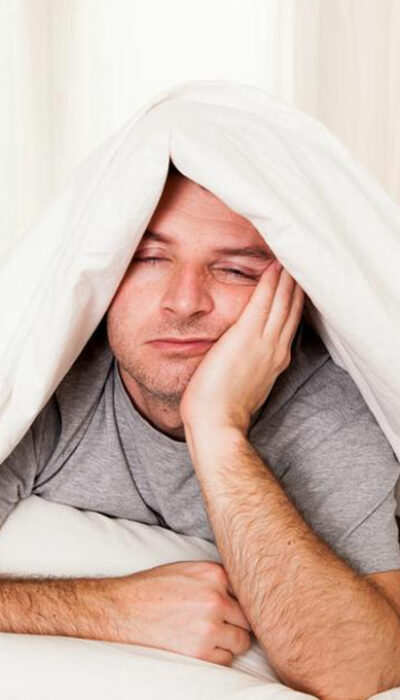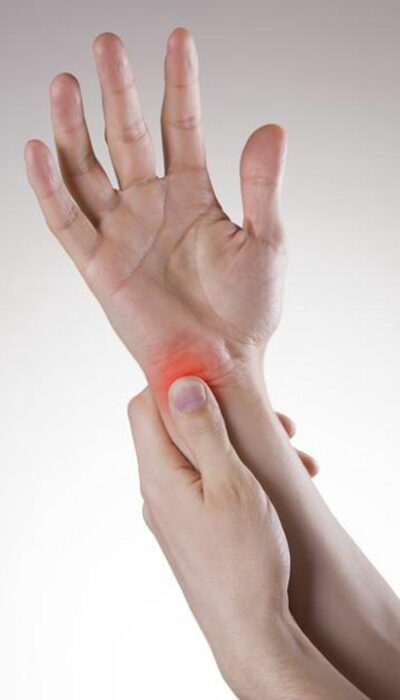
Allergy Treatment Options That are Available Today
Allergies are fairly common and no matter the kind of allergy, the best treatment is to avoid the allergen. Proper treatment involves finding the cause of the allergy and treating it. There are a few common factors that cause allergy. These include pollen, pollution, or other such factors. Many tests can help determine the allergen. Once you know what is causing the problem, you can get it treated or avoid it. Not taking steps towards curing it will only make the situation worse. The common symptoms experienced are cold, cough, and rashes. There are two allergy treatment options available for you to try. Avoid Exposure To The Allergens If the allergen can be removed from your environment, you can recover much sooner. It may not always be possible, and this is when allergy medications come in handy. Here are a few ways in which you can avoid the allergen. Food allergies are fairly common. So be careful about what you eat. Many people have pet allergies too. If you have any pet allergies, get yourself tested. You can keep your pets in a separate place. Also, make sure that you keep your pets clean by bathing them regularly. Dust allergy happens when the surrounding is not clear regularly. Make sure your house is ventilated and dry. Damp environments can attract fungus. So, make sure you clean your house on a daily basis. Grassy or polluted areas can cause allergy. Places that have high pollen content in the air can make you react by sneezing or coughing. Dust your pillows and curtains regularly. Avoid having carpets at home. Allergy Medication When you cannot get rid of the allergy by avoiding the cause, this is the best way to go. There are many medicines that you can get without a prescription. However, it is always better to consult a doctor before taking them as some are not suitable for everyone.










